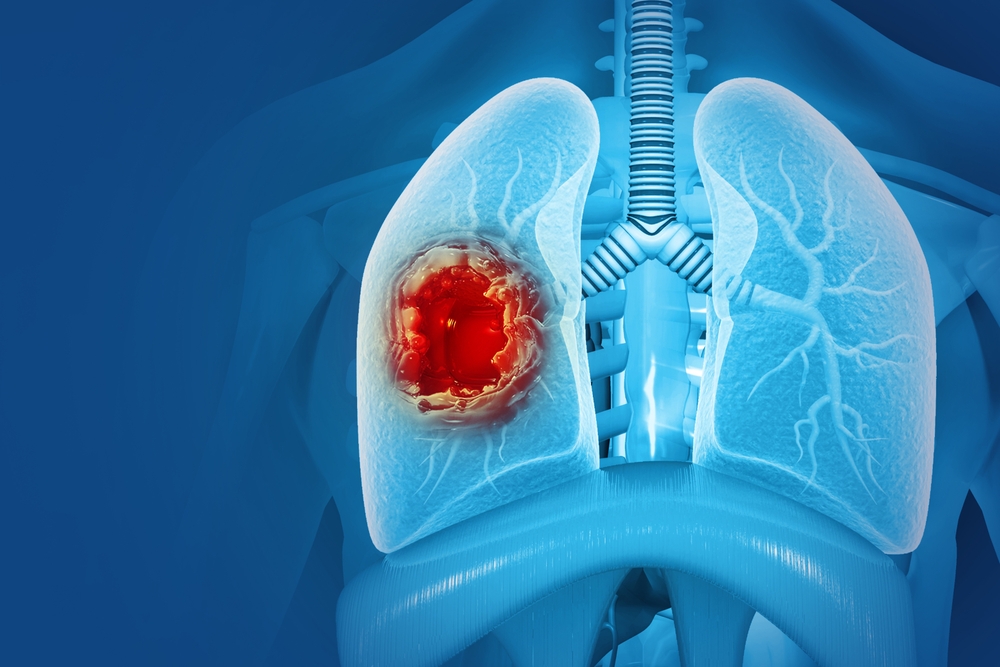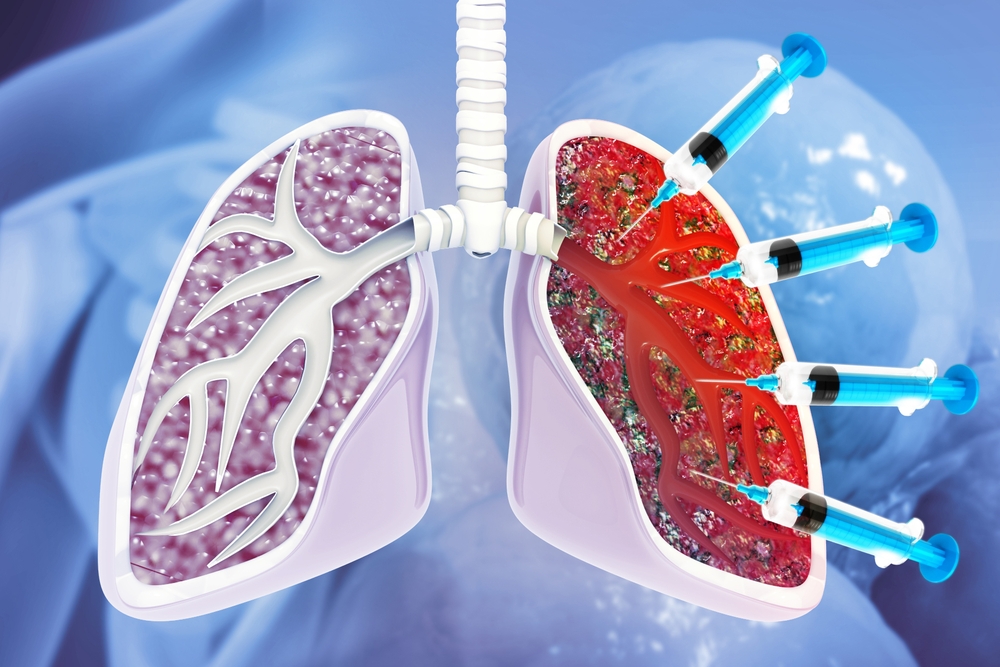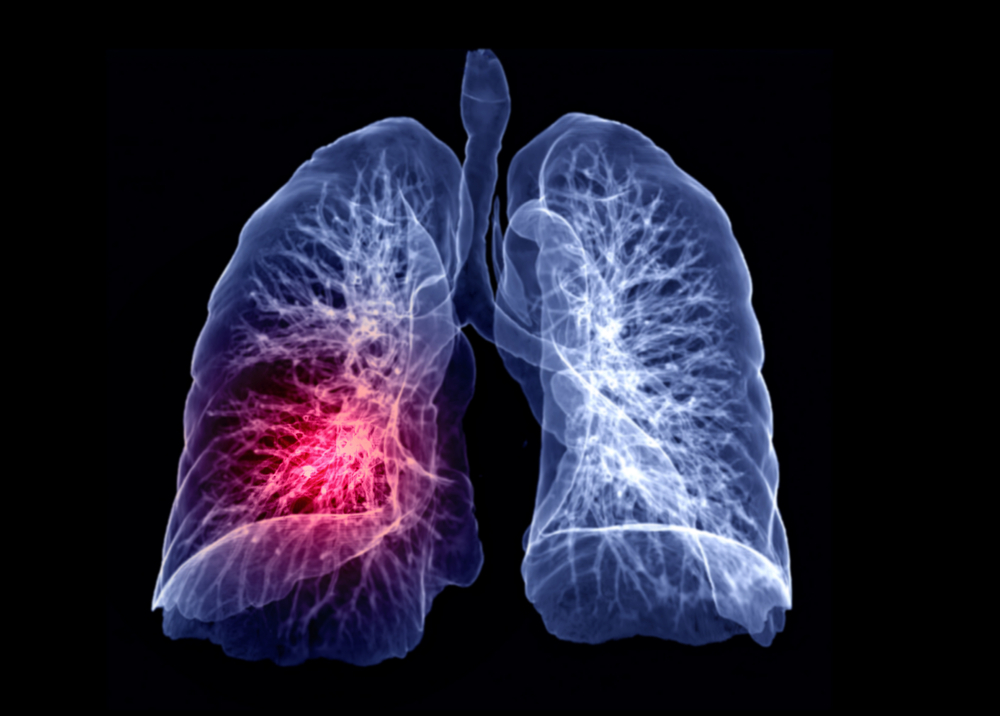BREAKING: Three people in Maine have active tuberculosis, the world’s deadliest disease
Last updated on
When three people in Maine were recently diagnosed with active tuberculosis, the news landed with a mixture of surprise and concern. For many in the United States, tuberculosis feels like an old-world illness, relegated to history books or far-off places. Yet this bacterial infection, responsible for more deaths worldwide each year than any other infectious disease, has never disappeared. The fact that the Maine cases are unrelated makes the situation more notable, suggesting not a localized outbreak but the quiet persistence of a disease that has been shaping human health for thousands of years.
Tuberculosis rarely makes headlines in the U.S., where other public health threats tend to dominate attention. Still, its ability to spread through the air, linger undetected in a latent state, and turn deadly if untreated gives it a unique place in global health. Maine’s recent cases illustrate a crucial truth: TB is not just a problem of the past or a crisis confined to other countries. It is present here, now, and remains a threat that requires vigilance.

Tuberculosis Detected in Portland, Maine
Health officials in Maine have confirmed three separate cases of active tuberculosis (TB) in the Portland area, sparking concern over the presence of the world’s deadliest infectious disease in the state. According to the Maine Center for Disease Control and Prevention, the cases are not connected, which means the patients were most likely infected through different sources rather than a single cluster. This detail is critical because it suggests that tuberculosis may be quietly circulating in the community in ways that are not tied to one outbreak. In response, health workers are now focused on identifying, testing, and monitoring individuals who may have been exposed to the three patients, an effort that will help prevent further transmission.
Tuberculosis is caused by the bacterium Mycobacterium tuberculosis, which typically attacks the lungs but can also damage other organs such as the kidneys, spine, and brain. When untreated, the infection progressively destroys tissue, leading to severe complications including respiratory failure, organ damage, and in some cases, death. Common symptoms include a persistent cough that may produce blood or mucus, chest pain, fever, and fatigue. Because TB is transmitted through the air when an infected person coughs or speaks, public health officials treat even a small number of cases with urgency, as unchecked spread can quickly become a serious public health challenge.
Although tuberculosis is most associated with developing countries, it continues to affect populations across the world. The World Health Organization estimates that around 1.3 million people die from the disease each year, making it the leading cause of death by an infectious agent globally. In the United States, TB is far less common, but it is not rare. In 2022, the Centers for Disease Control and Prevention recorded 565 deaths from the disease nationwide. Maine has seen a gradual rise in its TB case numbers in recent years, though state officials have emphasized that the current situation does not qualify as an outbreak. Even so, the appearance of three unrelated cases concentrated in the same metropolitan area serves as a sobering reminder that this ancient illness remains an active threat, even in regions where it may feel distant or rare.

The Global and National Burden of Tuberculosis
Tuberculosis is far from a relic of the past. Despite tremendous medical advances, it remains the world’s most lethal infectious disease. The World Health Organization reported that in 2022, more than 10 million people fell ill with TB and about 1.3 million lost their lives. That figure surpasses annual deaths from HIV/AIDS and malaria, underscoring the stubborn persistence of TB even as other infectious diseases have seen sharp declines. Much of this burden is concentrated in low- and middle-income countries, where health systems may struggle with resources, diagnostic access, and consistent treatment supplies.
The United States is in a very different position, with comparatively low infection rates thanks to decades of public health programs, antibiotics, and routine screening. Yet TB still has a presence, and it continues to claim lives every year. The Centers for Disease Control and Prevention documented 565 deaths in 2022, a reminder that even wealthy nations are not immune. The disease tends to appear most often in communities with higher rates of poverty, limited access to healthcare, or among individuals born in countries where TB is more widespread. Because the disease is airborne, it only takes close, prolonged contact with an infected individual to contract it, which is why careful monitoring remains essential even when cases appear sporadically.
Maine’s recent cases reflect a larger reality: tuberculosis has never truly disappeared from the American landscape. Health officials nationwide stress that vigilance is critical, particularly as global migration, international travel, and gaps in vaccination programs can reintroduce or reenergize pathogens. For Maine, the presence of three separate and unrelated cases shows how TB can quietly surface in communities, even those far removed from the regions most heavily affected. Contextualizing these local cases within the worldwide and national statistics reveals the importance of ongoing surveillance and intervention, rather than assuming TB is a problem of the past or one confined to distant regions.

Understanding How Tuberculosis Spreads and Affects the Body
Tuberculosis is caused by the bacterium Mycobacterium tuberculosis, which spreads through microscopic droplets released when a person with active TB coughs, sneezes, or even speaks. Unlike the common cold or flu, which spread more easily in brief encounters, TB usually requires prolonged close contact for transmission. This means family members, co-workers, or others in consistent contact with an infected person are most at risk. However, once airborne particles are inhaled, the bacteria can establish themselves in the lungs, and from there the disease can take a devastating course if untreated.
Once inside the body, TB can remain latent or become active. Latent TB means a person carries the bacteria without symptoms or contagiousness, sometimes for years. Roughly one-quarter of the world’s population is estimated to carry latent TB, according to WHO data. The danger lies in its ability to shift into an active state, which not only makes the person sick but also turns them into a source of infection for others. Active TB gradually damages lung tissue, leading to the hallmark symptoms of chronic cough, chest pain, fever, night sweats, and in advanced cases, coughing up blood. If the bacteria spread beyond the lungs, they can infect the kidneys, spine, or brain, causing even more severe complications.
What makes TB particularly challenging is its slow-moving but destructive nature. Unlike fast-spreading respiratory illnesses like influenza or COVID-19, tuberculosis creeps along more quietly, often misdiagnosed at first or ignored as a lingering cough. By the time it is recognized, it may have already spread to others in close proximity. This combination of stealth, persistence, and lethality is precisely why TB has held its title as the deadliest infectious disease for centuries, despite medical breakthroughs that have subdued many other global killers.

Treatment, Prevention, and the Challenge of Resistance
Tuberculosis is treatable, but treatment is neither simple nor quick. Standard therapy requires a combination of antibiotics taken over a minimum of six months, with some patients needing longer courses depending on the severity of the infection. These regimens are effective when completed properly, but adherence can be difficult. Side effects, the length of therapy, and disruptions in healthcare access all increase the risk that patients will stop taking their medications early, which in turn fuels the rise of drug-resistant TB strains. The World Health Organization estimates that nearly half a million people develop drug-resistant TB each year, a troubling statistic that complicates global eradication efforts.
Prevention efforts rely heavily on screening, vaccination, and prompt treatment of both active and latent TB cases. The Bacillus Calmette-Guérin (BCG) vaccine, widely administered in countries where TB is common, offers protection primarily for children, but its effectiveness wanes in adulthood. In the United States, BCG is not routinely used because TB prevalence is relatively low and the vaccine can interfere with certain diagnostic tests. Instead, U.S. efforts focus on testing high-risk groups, quickly isolating active cases, and ensuring full completion of treatment regimens to reduce the risk of spread and resistance.
Drug resistance presents one of the most pressing obstacles to global TB control. Multidrug-resistant TB (MDR-TB) and extensively drug-resistant TB (XDR-TB) require longer, more toxic, and often less effective treatment regimens. Patients may endure side effects ranging from hearing loss to kidney damage, and outcomes are less certain. These resistant strains have emerged in part because of inconsistent treatment programs and limited drug supplies in some regions, but they also highlight a broader truth: TB thrives in the gaps of healthcare systems, exploiting weaknesses wherever they exist. Addressing these weaknesses, whether in Maine or Mumbai, remains central to controlling its spread.
The Importance of Vigilance in Communities
While tuberculosis might feel like a distant problem, the recent Maine cases show how it continues to touch communities across the United States. For public health officials, even a handful of cases are taken seriously because of TB’s ability to spread silently and its history of devastating consequences when overlooked. The fact that the three cases in Portland are unconnected illustrates how the disease can emerge independently, a reminder that global health issues rarely remain contained within distant borders.
Communities play a crucial role in helping contain TB. Awareness of symptoms, timely medical consultation, and support for those undergoing lengthy treatment regimens all help reduce stigma and ensure that cases are identified and treated early. Public health responses extend beyond doctors and laboratories. They depend on cooperation, empathy, and education within the communities where TB appears. When patients feel supported rather than isolated, they are far more likely to complete their treatments and reduce the risk of transmission.
The Maine cases also highlight the interconnectedness of public health. Tuberculosis does not respect geographic boundaries, and its presence in one community reflects patterns of global movement, migration, and health inequities. Understanding TB as both a local concern and a global challenge is key to responding effectively. This requires not only the work of clinicians and health officials but also a public willing to take part in vigilance and care.
A Call to Action: Treating Tuberculosis as a Present Threat
Tuberculosis has been around for millennia, yet it remains a disease of our present, not just our past. The three cases in Maine are a small number compared to the staggering global toll, but they carry symbolic weight. They serve as a reminder that TB remains a threat that demands attention, investment, and compassion. Allowing complacency would mean overlooking the slow but steady dangers of an infection that has proven time and again its capacity to resurface and devastate.
Responding to TB requires both medical precision and social commitment. Screening programs, treatment access, and efforts to curb drug resistance are essential tools, but so too are public awareness and empathy for those living with the disease. The stigma associated with TB has historically been a barrier to treatment, and breaking that stigma is a vital part of building stronger responses. When individuals feel safe seeking care, health systems are better able to detect, contain, and ultimately reduce cases.
The lesson for Maine and for communities everywhere, is that tuberculosis must be regarded with vigilance rather than alarm, persistence rather than panic. It may not dominate headlines like faster-moving viruses, but its long history of devastation proves that it cannot be dismissed. Taking these cases seriously, learning from them, and reinforcing public health safeguards will not only protect local communities but also contribute to the global effort to finally bring this enduring disease under control.
Some of the links I post on this site are affiliate links. If you go through them to make a purchase, I will earn a small commission (at no additional cost to you). However, note that I’m recommending these products because of their quality and that I have good experience using them, not because of the commission to be made.

































 JOIN OVER
JOIN OVER
Comments